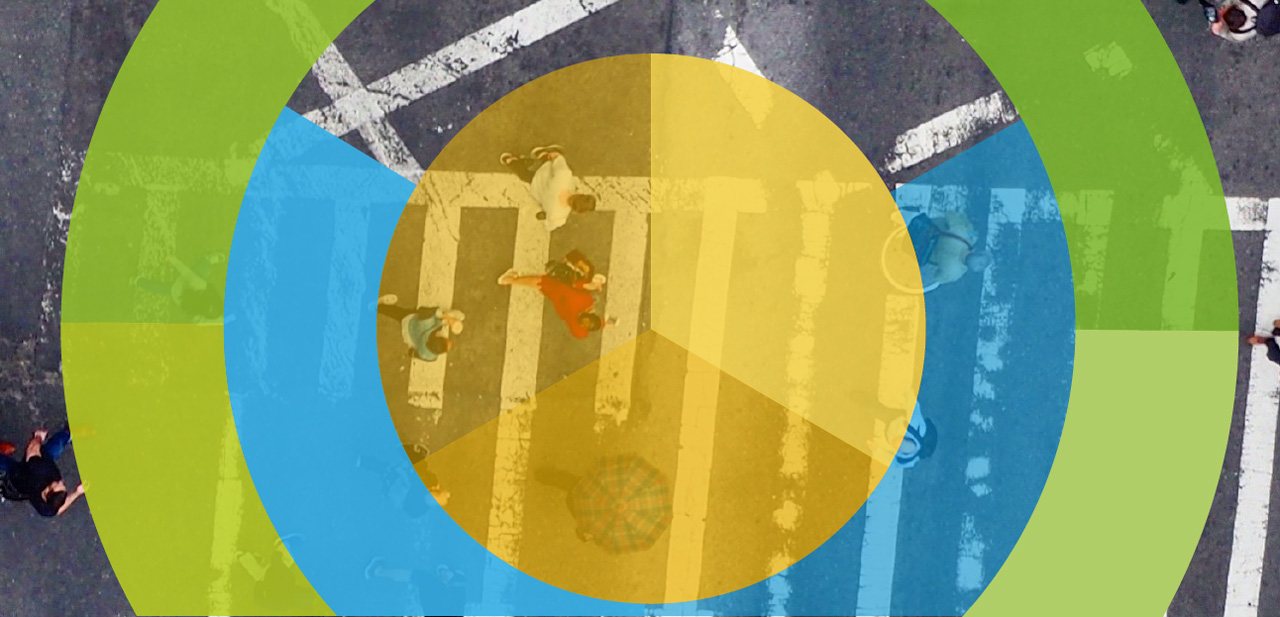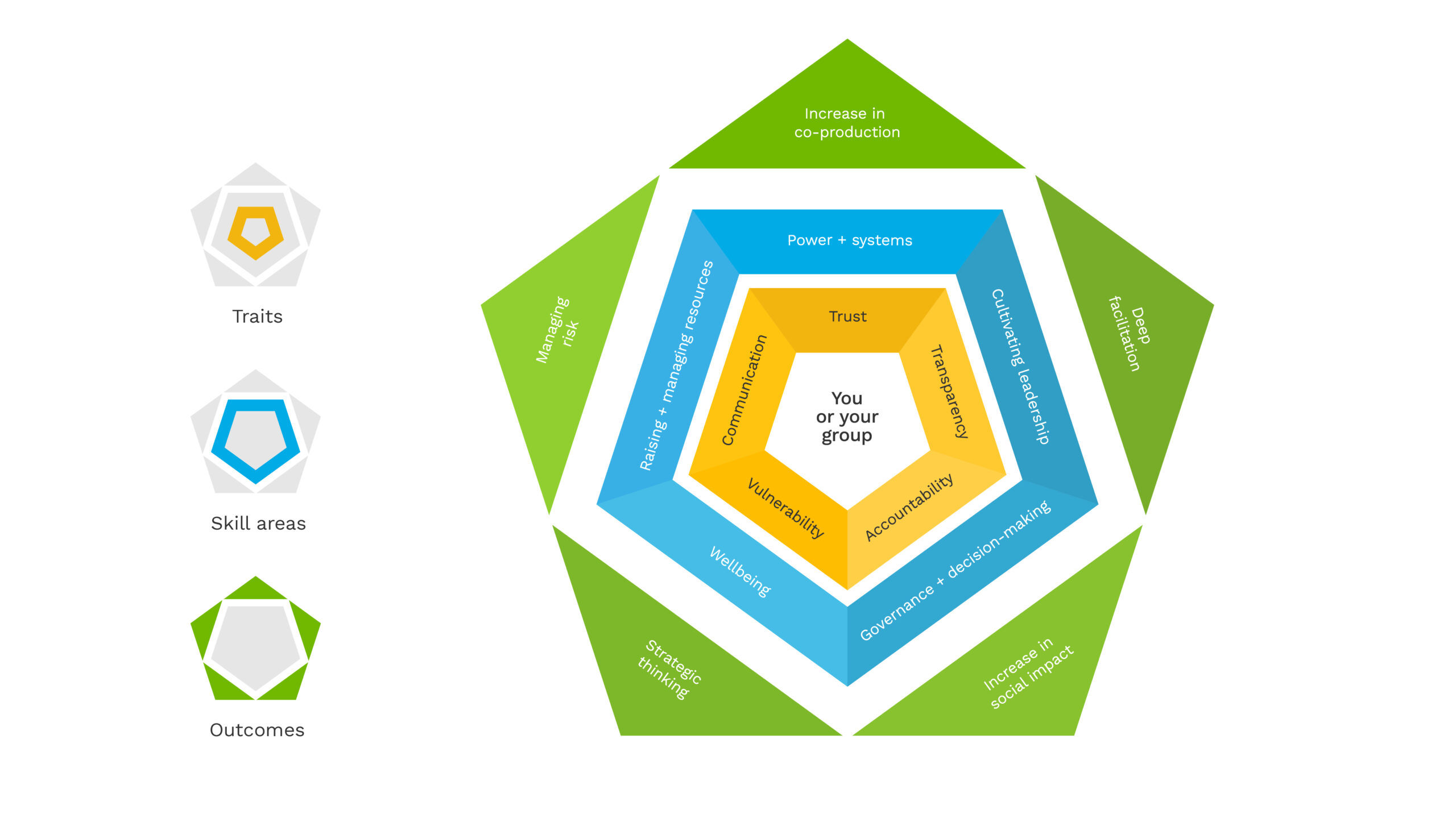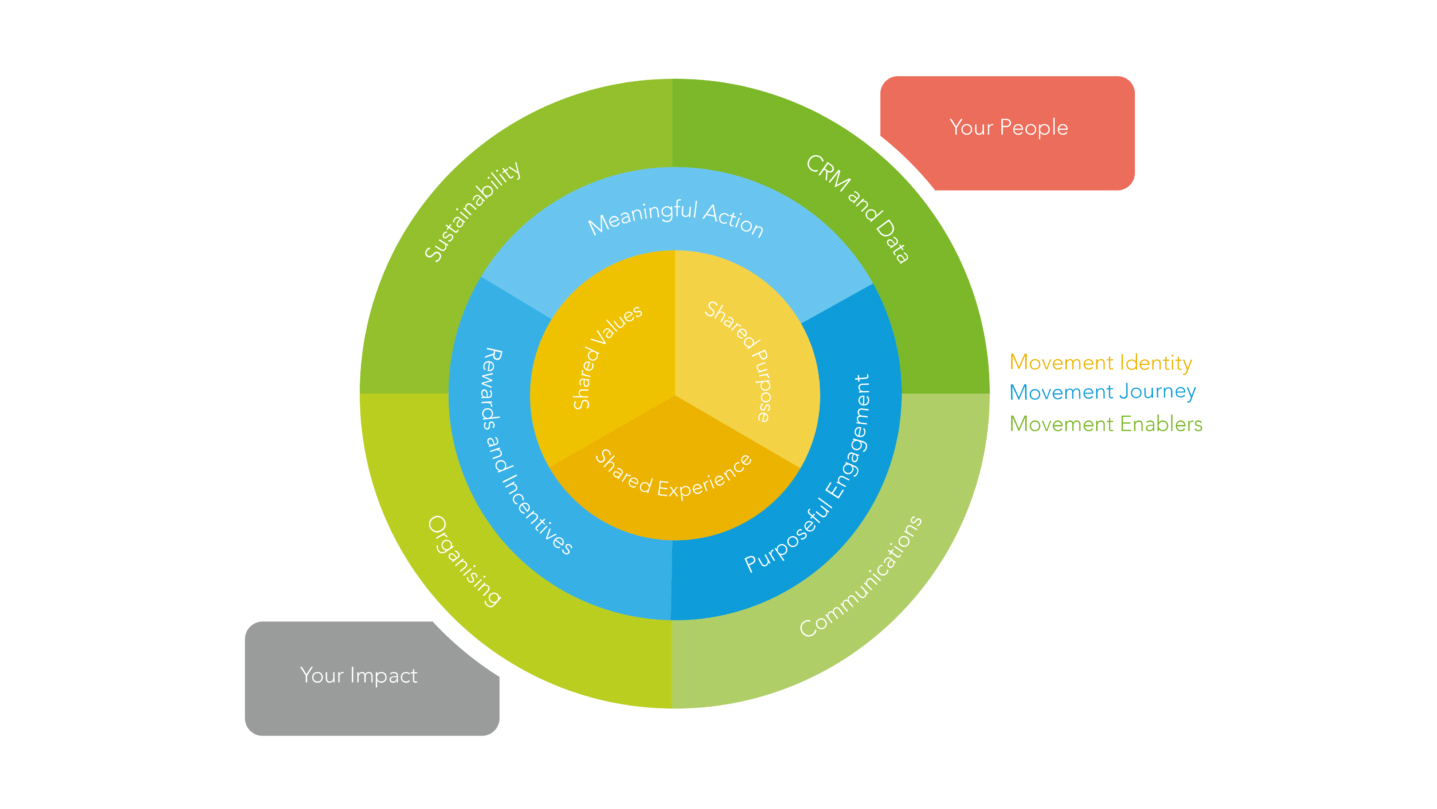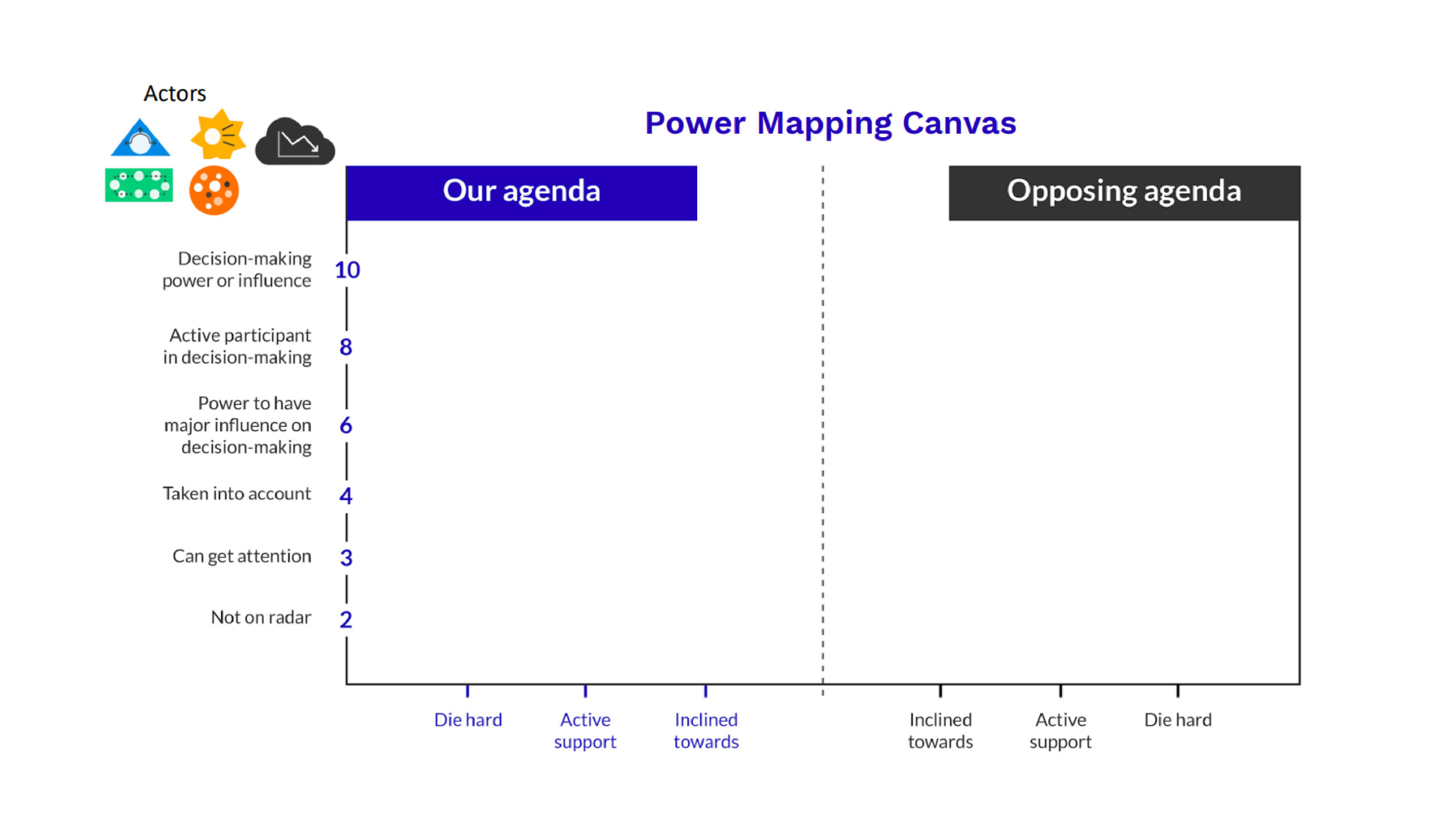Three movements to watch out for in 2019

Here’s a rundown of some of the social movements we’re most excited about and those we expect to flourish and grow next year.
1. The Women’s March
Since rallying the largest single-day protest in US history after Donald Trump’s election, the Women’s March has globalised. Trump’s election coupled with the rise of the #MeToo movement and the impact of austerity cuts on women in countries like the UK, has galvanised a grassroots movement of women asserting their rights and values.
In the UK, the Women’s March on London (WML) has been at its heart. As well as being part of a bold, internationalist women’s movement, WML is uniquely intersectional, guided by the principle that the oppression of women – and so women’s liberation – is intricately bound up with oppression on the basis of racial, gendered, economic and all other forms of inequality. This approach, reflected in the breadth and depth of WML’s actions and guiding principles, is also the basis of the breadth and depth of WML itself, which has won the trust of a wide array of grassroots groups and marginalised communities.
Watch out for this movement in 2019. It will be a joy to see.
2. Direct action to address climate breakdown
The United Nations warned recently (and not for the first time) that “urgent and unprecedented” action is needed in the next ten years to keep global warming below 1.5C. Beyond this, the fallout will be irreversible, catastrophic and cost millions of lives.
Around the world, indigenous people and communities of colour are the first and hardest hit by the impacts of global warming. From the shut down of City Airport by Black Lives Matter UK to indigenous people putting their bodies in harm’s way to defend their lands everywhere from Standing Rock to Papua New Guinea, direct action has long seemed the only recourse for those so poorly represented in civil society.
Now, it looks like direct action for climate justice is likely to go mainstream. Following this month’s disappointing UN Climate Summit in Poland, civil society leaders have pledged to intensify protests to force governments into action. Meanwhile, direct action group Extinction Rebellion has grown from ten people in the UK six months ago to a direct action network that now spans 35 countries.
Less than a month after their first major action that saw activists block roads and bridges in central London, Mayor Sadiq Khan committed to do everything in his power to meet the threat and declared a climate emergency. This movement now has groups organising everywhere from New York to Sweden and has an international week of civil disobedience planned for April. Whatever you think of their tactics, this is definitely a group to watch in 2019.
3. The movement for a better economy
2018 saw a backlash against ‘woke-washing’ and tokenism from businesses. Movement for a better economy will be key to combating this in 2019.
After Brexit, this movement is sure to find wind in its sails. At a community level, the incentive to develop independent local economies will rise as economic instability worsens. Community projects like the Brixton Pound and the Preston Model for local investment and procurement could inspire others.
And with any luck, we might have a national conversation about the kind of economy we want. Health and wellbeing replacing GDP as a yardstick of success? Investment replacing austerity? Alternatives to the pursuit of growth? 2019 could be the year of the new economy movement.
Sign up to our newsletter for the latest news, insights and trends



